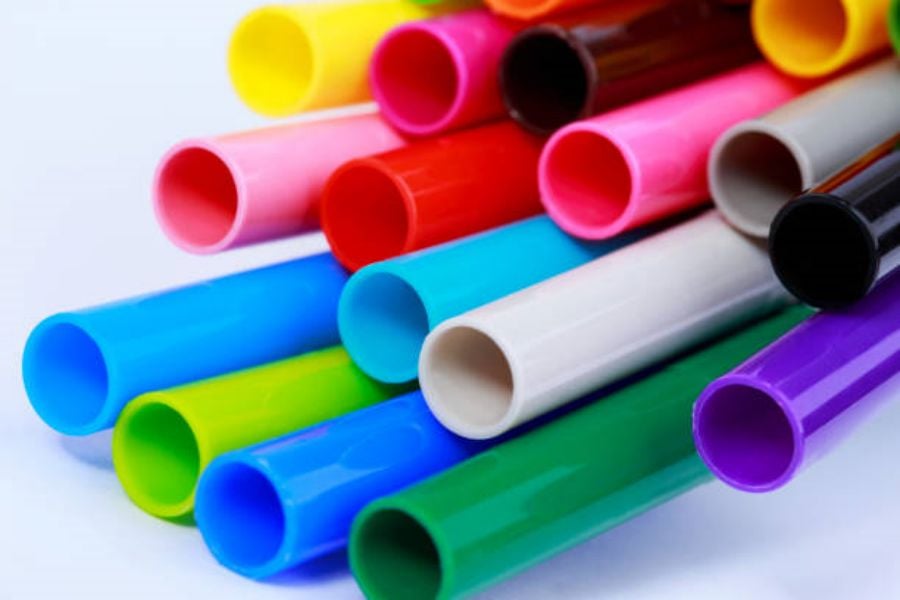Introduction
PEX and PE-RT are two types of plastic pipes used in a variety of plumbing applications. PEX stands for cross-linked polyethylene, while PE-RT stands for polyethylene of raised temperature resistance. In this article, we'll explore the similarities and differences between these pipes, their benefits and drawbacks, and the situations where each type of pipe can be used.
1. What is PEX?
PEX pipes are made from cross-linked polyethylene. This process involves forming bonds between polymer chains, which makes the pipes much stronger and more durable than regular polyethylene pipes. PEX pipes are flexible, corrosion-resistant, and have a long lifespan.
2. Advantages of PEX Pipes
PEX pipes have several advantages over other types of pipes. They are flexible, which means they can be bent around corners and obstacles, making installation easier and faster. PEX pipes are also resistant to corrosion, scale, and chlorine, making them ideal for use in areas with hard water or high-chlorine content. PEX also has a very low expansion rate, which means it won't burst or crack due to temperature changes.
3. What is PE-RT?
PE-RT pipes are made from polyethylene of raised temperature resistance. This type of plastic has a higher melting point than regular polyethylene, which makes it more resistant to high temperatures and pressure. PE-RT pipes are also flexible and durable, making them ideal for a variety of plumbing applications.
4. Advantages of PE-RT Pipes
PE-RT pipes have similar advantages to PEX pipes. They are flexible, corrosion-resistant, and have a long lifespan. However, they also have a higher temperature and pressure resistance than PEX pipes, making them ideal for use in hot water applications or high-pressure systems.
5. Where to Use PEX Pipes
PEX pipes are ideal for use in residential plumbing systems. They are commonly used for hot and cold water supply lines, as well as for radiant heating systems. PEX pipes can also be used for outdoor applications, such as sprinkler systems and outdoor kitchens, due to their resistance to UV radiation.
6. Where to Use PE-RT Pipes
PE-RT pipes are ideal for use in commercial and industrial plumbing systems. They are commonly used for hot water supply lines in buildings, as well as for industrial processes that require high temperature and pressure. PE-RT pipes can also be used for radiant heating systems.
7. Installation of PEX Pipes
PEX pipes can be easily installed using crimping or clamp rings. The process involves connecting the pipes to fittings using a special tool that compresses the rings over the pipes and fittings, creating a tight seal. PEX pipes are also available with push-fit connections, which can be installed without any tools.
8. Installation of PE-RT Pipes
PE-RT pipes can be easily installed using compression fittings, push-fit fittings, or welding. The process involves connecting the pipes to fittings using the appropriate method, creating a tight seal. Due to their flexibility, PE-RT pipes can also be bent around corners and obstacles, making installation easier.
9. Cost of PEX Pipes
PEX pipes are generally more expensive than other types of plastic pipes, such as PVC or CPVC. However, they are less expensive than copper pipes, which can be up to three times more expensive than PEX. The overall cost of a plumbing project using PEX pipes will depend on the size of the project, the length of the pipes, and the cost of the fittings and other materials.
10. Cost of PE-RT Pipes
PE-RT pipes are generally more expensive than PEX pipes, due to their higher temperature and pressure resistance. However, they are still less expensive than copper pipes. The overall cost of a plumbing project using PE-RT pipes will depend on the size of the project, the length of the pipes, and the cost of the fittings and other materials.

